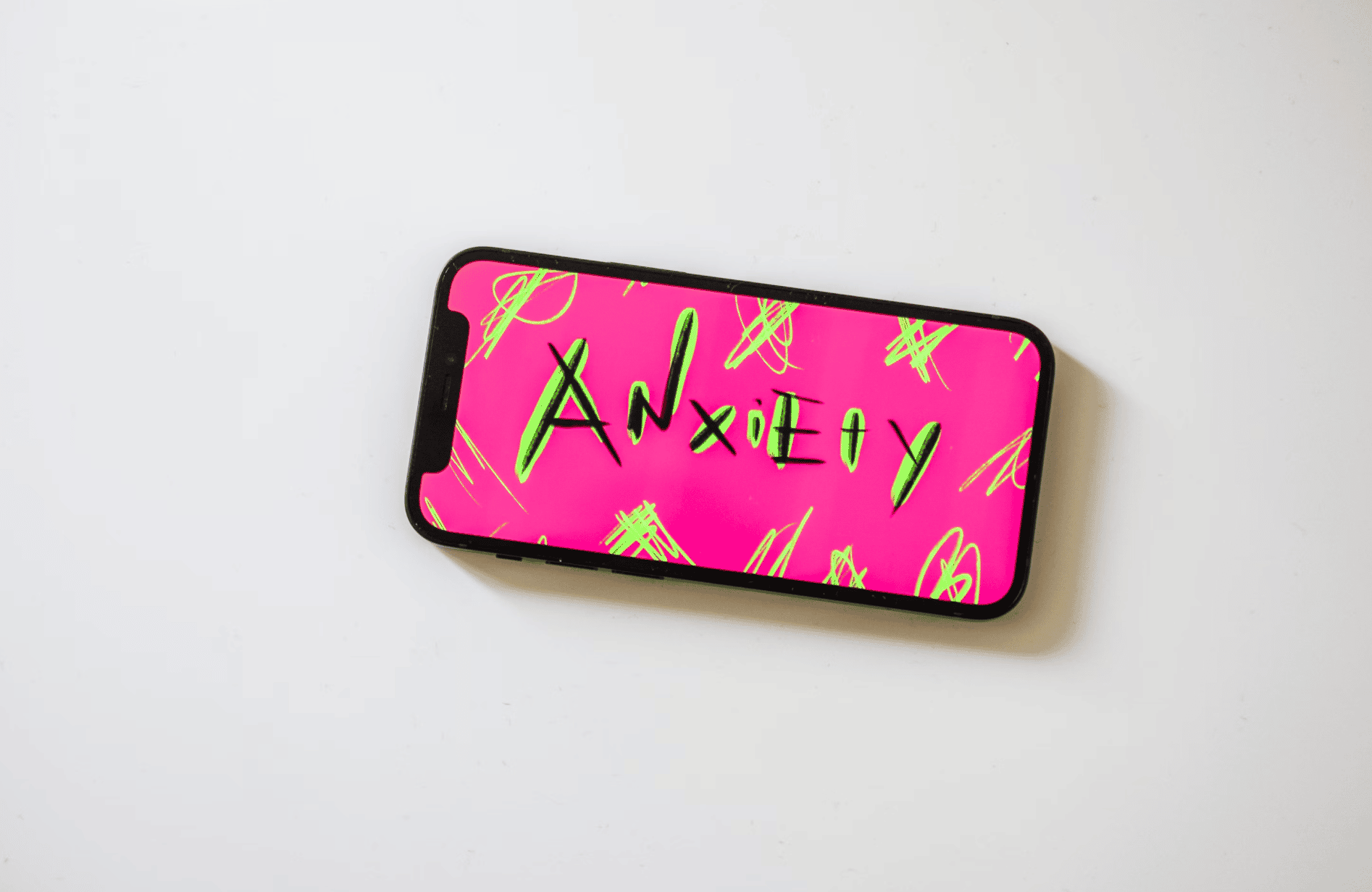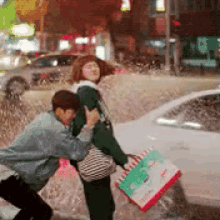I was ecstatic when I first found out that a sequel to Inside Out was in the works. This was partly because I was instantly teleported to the memories of my eight-year-old self sobbing her eyes out in the movie theaters as Bing Bong sacrificed his life by jumping out of that rocket. But that wasn’t all.
Inside Out was more than just one of my childhood favorite films. The movie took the complexity of emotions and turned them into something more tangible and understandable (in the form of aptly named characters). As a kid with a fascination for psychology, this was that of a revelation.
Inside Out 2 has become the highest-grossing animated film of all time and the fastest-ever animated movie to pass the $1 billion threshold. With the introduction of new emotions, such as Envy and Embarrassment, this sequel captivated the immediate interest of many. However, it soon became clear that Anxiety would become a frontline character. This leads to the question: exactly how accurate and relevant is Inside Out 2’s portrayal of anxiety?
Warning before proceeding: there will be some movie spoilers!

Photo Credit: Chris Liverani from Unsplash
The character Anxiety is not introduced until twenty or so minutes into the film. Instead, the film opens with an intense hockey match. After Riley and her friends Grace and Bree emerge triumphant from the match, they are shocked to find Coach Roberts with an invitation for them to attend her three-day hockey camp.
The girls are overjoyed; they agree instantaneously. But when Riley heads home in the evening, the puberty alarm goes off. Joy, Fear, Anger, Disgust, and Sadness are confused to find Riley snapping at her mom the following morning, for seemingly no reason. Then, construction wreaks havoc on headquarters, and the new emotions are personified as characters come tumbling in. Cue: Embarrassment, Ennui (boredom), Envy, and– of course– Anxiety.

Photo Credit: Nik from Unsplash
Everything about Anxiety’s physical appearance makes viewers just a little uncomfortable. Her sweater is made of itchy wool, her collar sits a bit high, her pants are hiked up, and even her boots are laced too tight. Bird-like movements served as a reference for her fast eye movements.
Character designer Deanna Marsigliese compares her character design to a kettle, stating that “there’s this simmering, constant nervous energy just below the surface that very gradually builds. And like the steam in a kettle, it’s going to need new avenues for release.” Her frizzy hair and trembling figure all serve the ultimate purpose of characterizing this universal emotion.
Throughout the film, Anxiety is always in motion. She is quick to discard the original emotions when they refuse to let her seize control. She taints Riley’s positive affirmation-fueled belief system and self-esteem levels.
She forces mind-workers to come up with disastrous, hypothetical scenarios, varying in plausibility, in her frantic efforts to mold Riley into her vision. Her persistence to achieve perfection stems from her underlying belief that her plans for Riley will lead to ultimate happiness and success. Still, her means of achieving this end goal are most certainly far from ideal.

Photo Credit: Paul Czerwinski from Unsplash
As a result of Anxiety’s impact, Riley’s belief system has changed into self-doubt. I’m not enough becomes a resonant thought in her head. She sneaks into Coach Roberts’ office late at night and discovers that she is deemed “not ready” to be a Firehawk.
In the next hockey match, she exhibits a poor performance and even injures Grace. At this movie’s climax, Anxiety spins out of control, culminating in Riley experiencing her first panic attack in the penalty box. The other emotions (characters) flood the room, attempting in vain to get through the impenetrable whirlwind/tornado that Anxiety has become in order to reach the control system console. Sadness tries, and is blown backwards. Only Joy is able to push through, and when she does, Anxiety is found frozen: shaking and crying in the eye of the storm.
I believe that this scene was a highly accurate portrayal of anxiety. Anxiety varies from person to person. For some, this state is activating; yet for others, this state is paralyzing. The film depicts these both simultaneously.
Anxiety says, “I'm sorry, Joy. I'm so sorry, Joy. I was just trying to protect her.”
And this captures the essence of anxiety. At heart, anxiety is, according to clinical psychologist and Inside Out 2 Consultant Lisa Damour, “an important, valuable protective and natural human emotion.” Anxiety really has Riley's best interests in mind. It is difficult to completely villainize her, as her intentions ring true. In fact, one cannot help but empathize deeply with both the perspectives of Joy and Anxiety.
Physically touching a hockey stick helps Riley wind down during the panic attack. This is an example of a grounding technique used by therapists, one that therapists recommend to their patients to help them manage their anxiety.
Anxiety isn't ever going away. The Pixar film Inside Out 2 and experts both concur. Though Anxiety is shown taking a breather in a comfy chair during the final scenes, she is still there to stay.
What I especially like is that this movie doesn't make many attempts to sugarcoat anxiety and its impact on all of our lives. In the end, we cannot stop it completely. All we can do is learn to reduce our anxieties and cope with the effects.










_Logo.svg.png)
